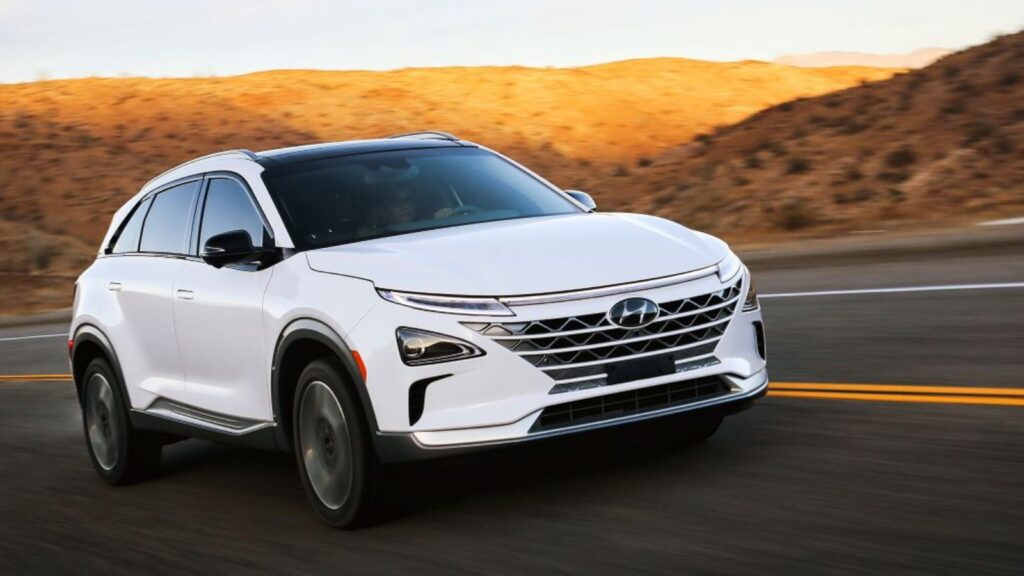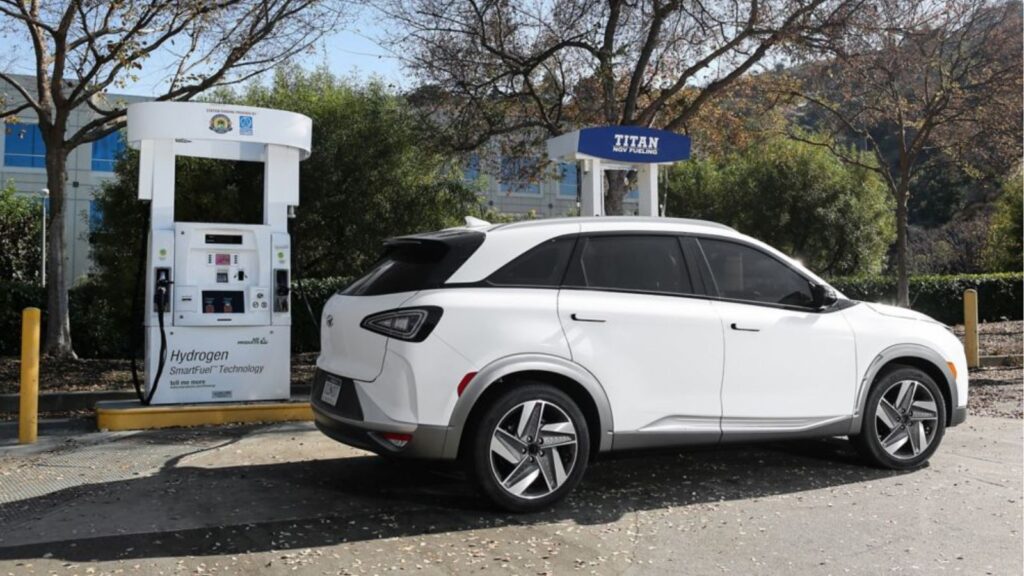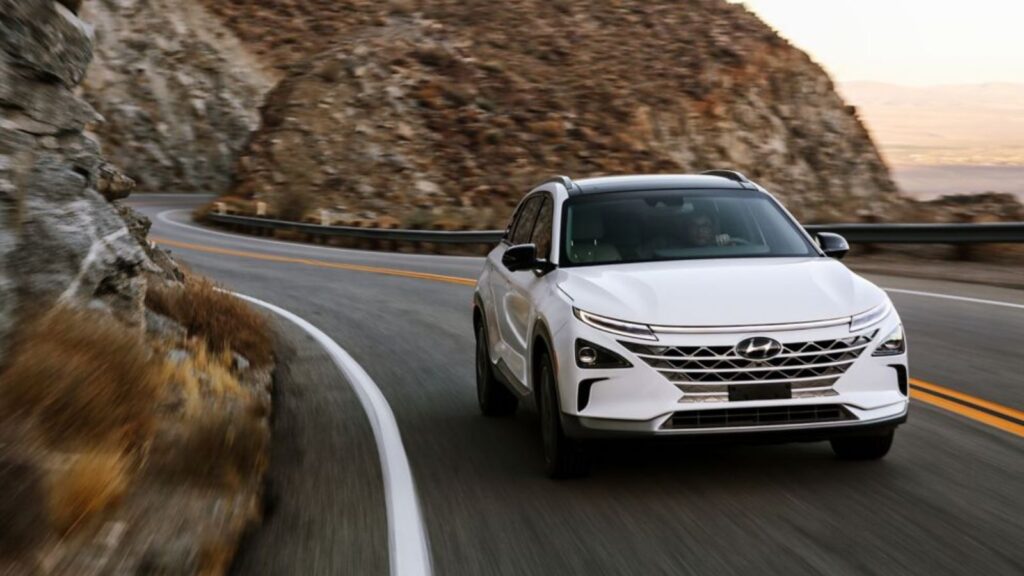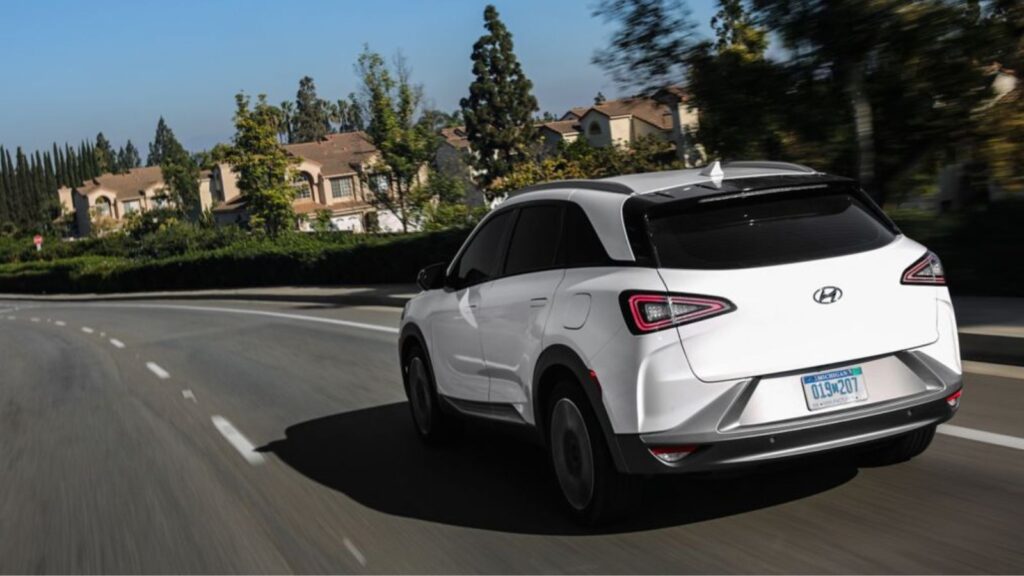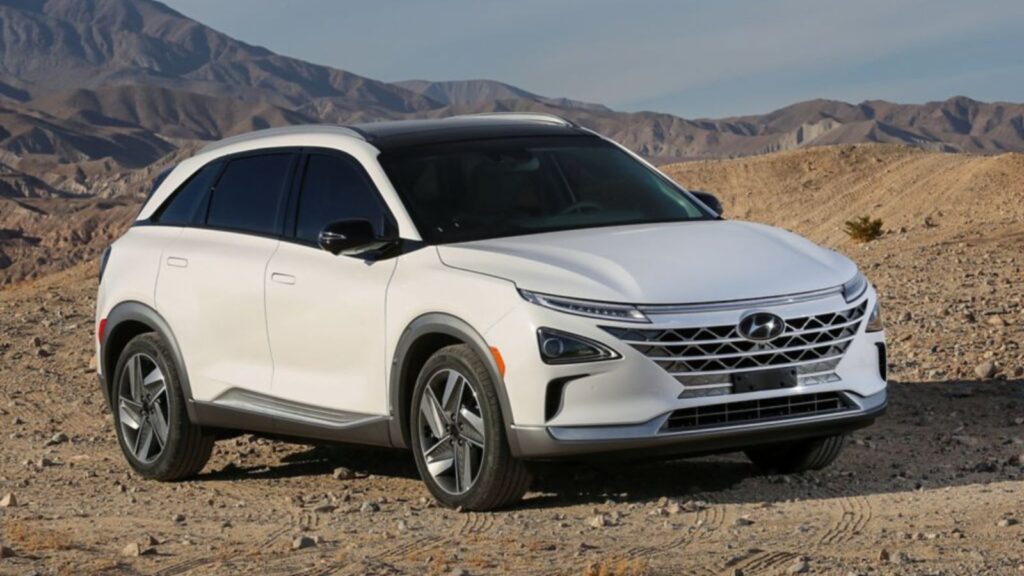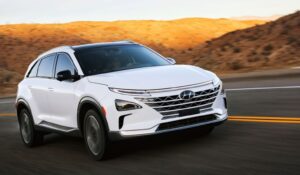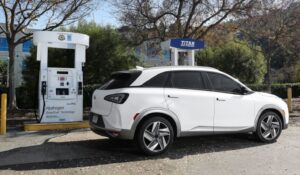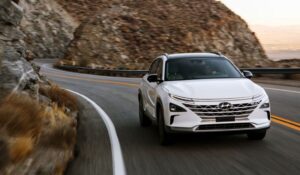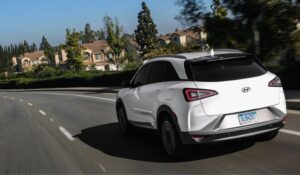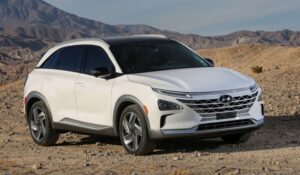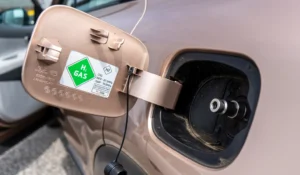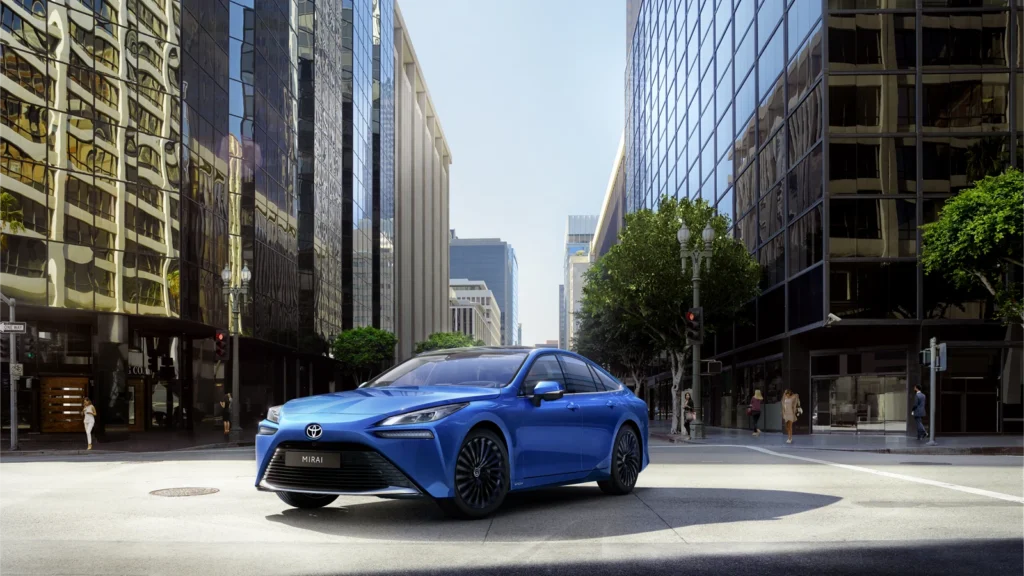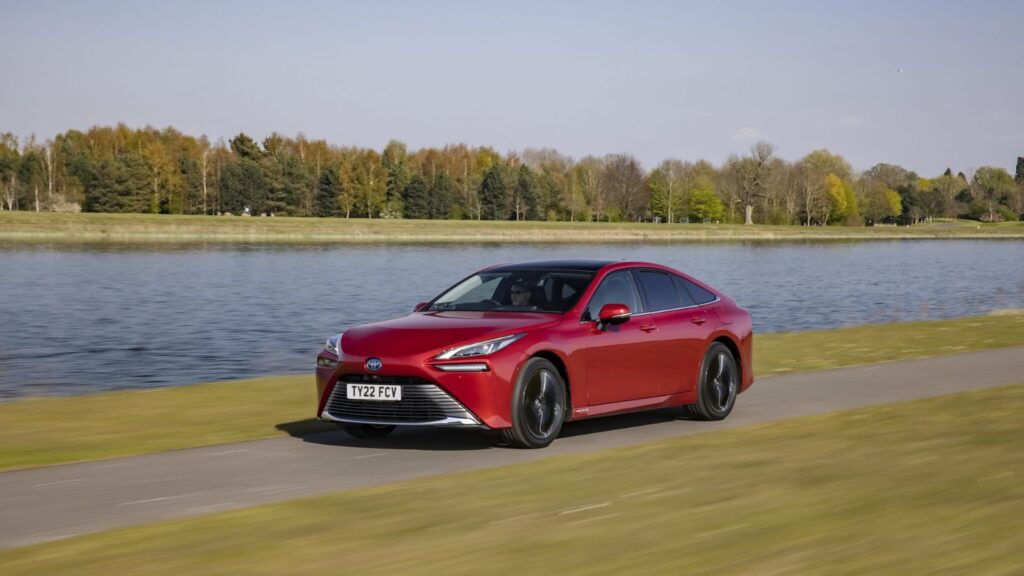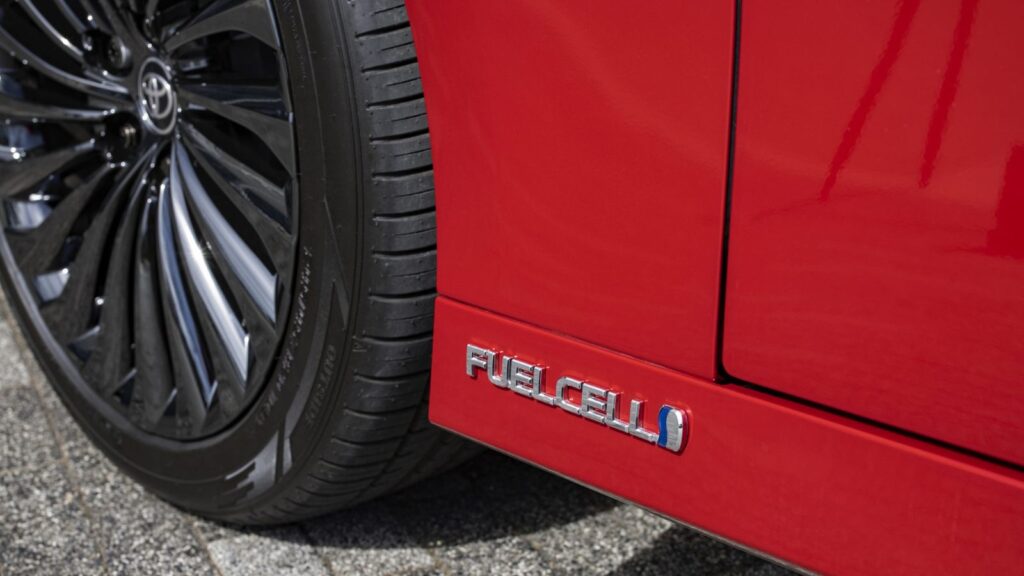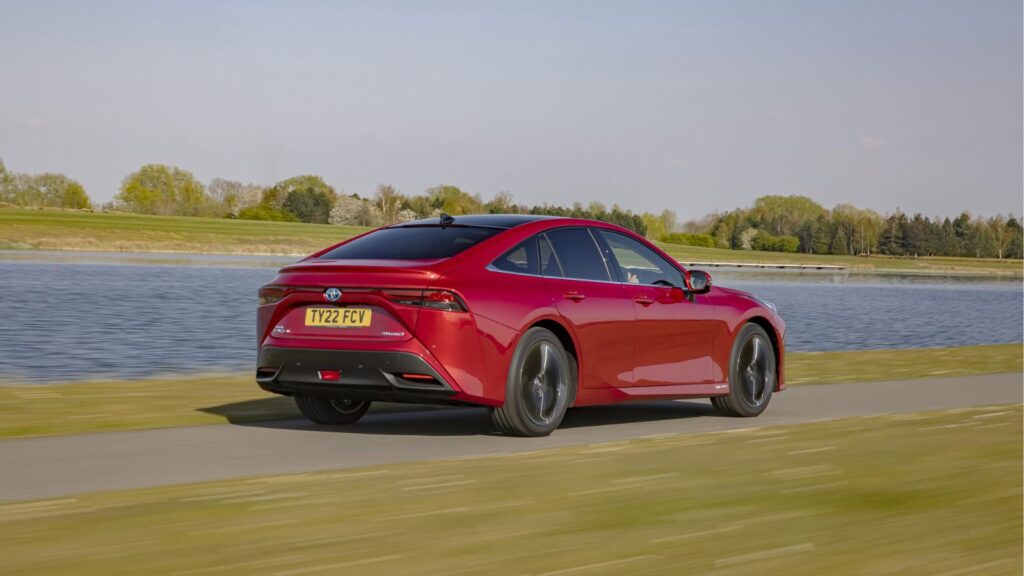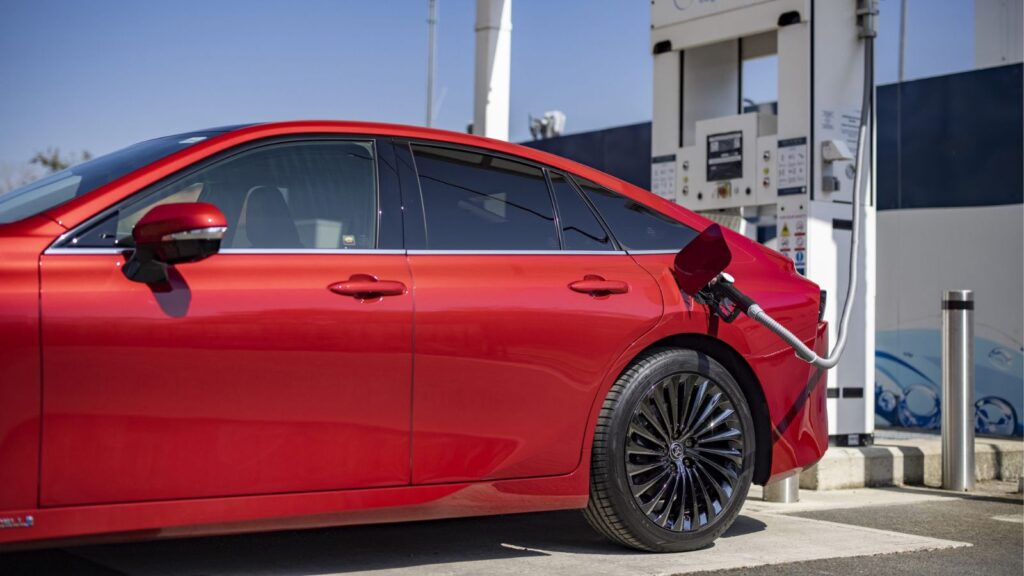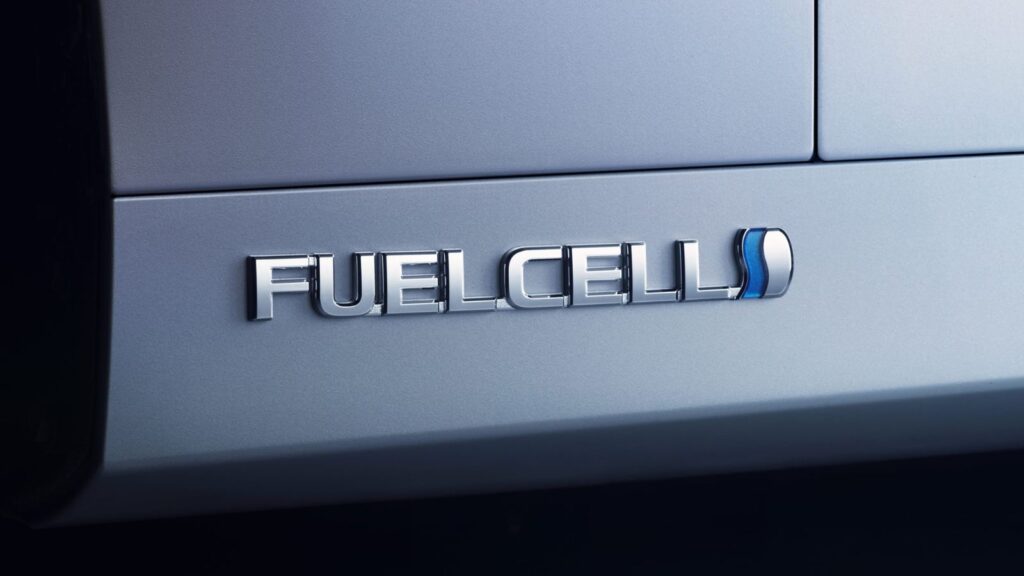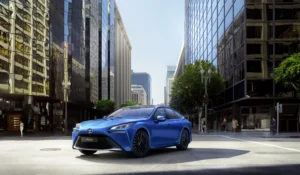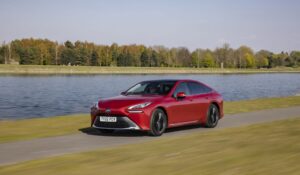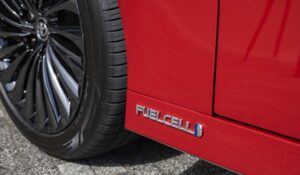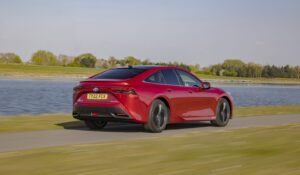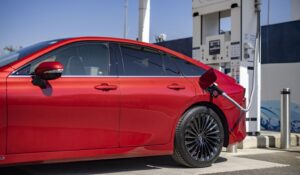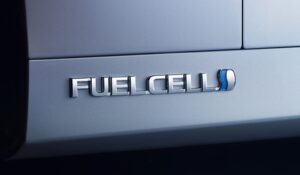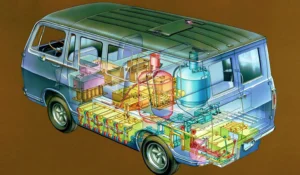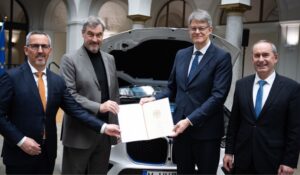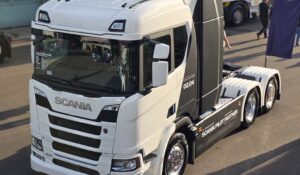How efficient are hydrogen cars? What mpg can I expect, and more
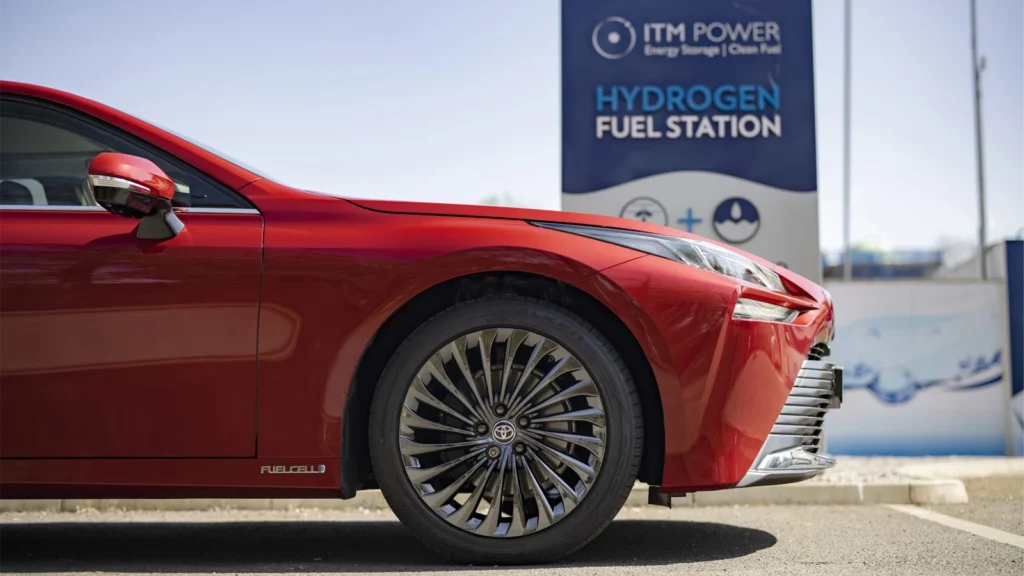
It’s no secret that hydrogen-powered cars are far better for the environment than traditional petrol or diesel vehicles.
But let’s be honest – when it comes to choosing a car, for most people saving the world tends to rank somewhere below “does it have heated seats” and “can I get it in grey”.
What a lot of drivers really want to know is: how efficient is it? In other words, how much does it actually cost to drive a certain number of miles?
With petrol and diesel cars, we’re used to measuring efficiency in miles per gallon (mpg). But this doesn’t quite work for hydrogen vehicles.
So, let’s break it down and explore just how efficient hydrogen-powered cars really are in everyday life.
What does efficiency mean for hydrogen cars?
To understand hydrogen car efficiency, we first need to grasp the basics. Hydrogen is a gas – and an extremely light one at that.
In fact, it’s more than 9,000 times lighter than diesel. Just half a kilogram of hydrogen takes up about 6.4 litres of space.
To make this practical for everyday use, car manufacturers store hydrogen in liquid or gas form, compressing and cooling it under extremely high pressure. This makes it possible to fit enough fuel into the vehicle’s tank.
Take the Toyota Mirai as an example. This is currently the most popular hydrogen-powered car, and it comes with a tank that can hold 5.6 kilograms of hydrogen.
Its main competitor, the Hyundai NEXO, has a slightly larger tank with a capacity of 6.3 kilograms.
If those numbers are Greek to you, you’re not alone.
With a full tank, the Toyota Mirai offers a driving range of up to 400 miles, while the Hyundai NEXO manages slightly less, at around 380 miles.
That translates to an average consumption of 1.4 kilograms per 100 miles for the Mirai, and 1.65 kilograms per 100 miles for the NEXO.
Unlike petrol vehicles, hydrogen cars measure consumption in kilograms per 100 miles (or kilometres). And to really understand what this means in practical terms, we need to consider the price of hydrogen fuel.
How much does it cost to fill up a hydrogen car? What mpg do hydrogen cars get
Hydrogen isn’t sold by the gallon or the litre like petrol, but rather by the kilogram. That’s because hydrogen is a gas, and the amount that fits in a gallon depends entirely on the pressure.
The higher the pressure, the more dense the hydrogen becomes, and the more fuel you can fit into the same volume.
At present, the average price of hydrogen in Europe is around £16 per kilogram. Based on that, it would cost roughly £89.60 to fill the Toyota Mirai’s tank from empty.
Of course, this can vary depending on how the hydrogen was produced, with “greener” methods often costing a bit more.
Now, let’s break that down. If the Mirai consumes 1.4 kilograms per 100 miles, that means it costs about £22.40 (or €26.66 and $29.53) to drive 100 miles.
To compare, let’s look at a petrol car that shares the same platform – the Lexus LS. Petrol consumption varies depending on driving conditions, but let’s take an average of 30 miles per gallon.
With the current average price of petrol in the UK at around £1.35 per litre, driving 100 miles in a petrol car would cost approximately £20.45.
So, the cost difference between hydrogen and petrol is relatively small and depends mainly on driving style and fuel prices at the time. This means that driving a hydrogen car won’t necessarily be more expensive than a petrol or diesel car.
Bear in mind that hydrogen has nowhere near the amount of economies of scale that petrol and diesel has, so if anything, hydrogen can only come down in price as popularity increases.
How do you refuel a hydrogen car?
Refuelling a hydrogen car is also surprisingly straightforward. It’s almost identical to filling up with petrol or diesel, and only takes about two to three minutes.
That’s a big plus when compared to battery electric vehicles, which can take up to 40 minutes to fully charge.
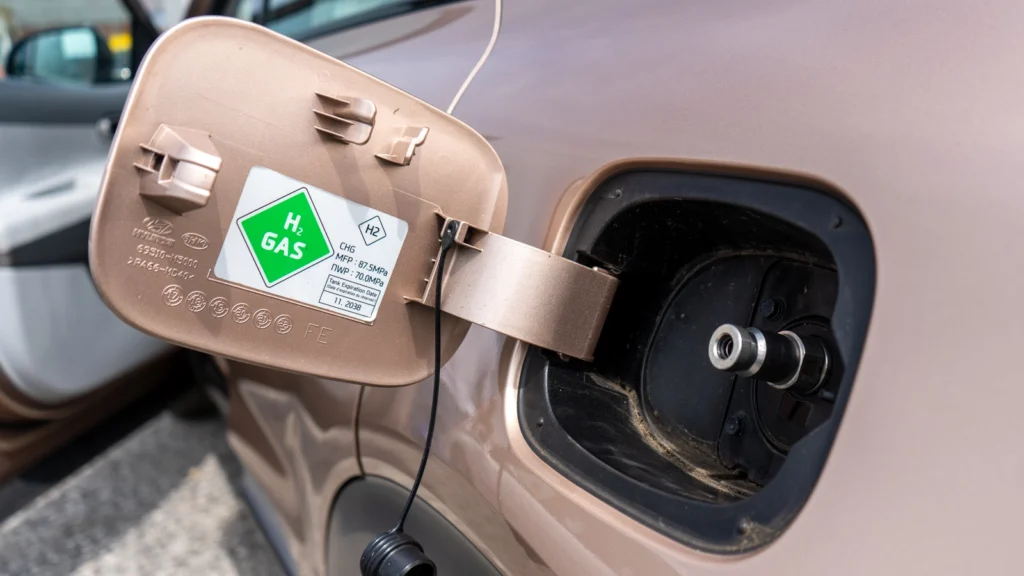
There is one important detail to be aware of – hydrogen refuelling stations come in two types.
Those operating at 700 bar pressure are most commonly used for passenger cars, while 350 bar stations are mainly for heavy-duty vehicles.
Other factors affecting hydrogen car efficiency
Like all cars, hydrogen vehicles are affected by conditions on the road. Driving habits play the biggest role in how quickly your tank empties, but outside temperature can also have an impact.
In winter, traditional petrol and battery electric vehicles require more energy to heat the cabin. Hydrogen vehicles, however, have an advantage.
They use the heat generated as a byproduct of the chemical reaction in the fuel cell to warm the cabin, meaning there’s no loss in driving range during colder months.
If there was a nationwide refuelling network, would you buy a hydrogen car?
Compared to battery electric vehicles, hydrogen cars perform better in cold weather. Batteries tend to lose performance in low temperatures, and in extreme cold or heat, battery thermal management systems can consume up to 50% of the vehicle’s range.
Overall, hydrogen cars offer a cleaner, greener driving experience without a major increase in cost or inconvenience. Though the biggest hurdle for now remains the lack of widespread hydrogen infrastructure.
Find your nearest hydrogen filling station:
HYDROGEN FILLING STATION MAP EUROPE
HYDROGEN FILLING STATION MAP US & CANADA
Of course, this isn’t something car manufacturers can control directly – but many of them are doing their best to help.
For example, Toyota offers a complimentary fuel card worth £15,000 with the purchase of a hydrogen vehicle, which you can use over a six-year period.
Vauxhall (Stellantis) are working with big fleets and fuel station operator Ryze to roll out hydrogen refuelling on customers sites with purchase of a large order of their vans.
So, next time you’re thinking about buying a new car, maybe it’s worth putting environmental impact a bit higher up your list – and becoming part of a greener future.

